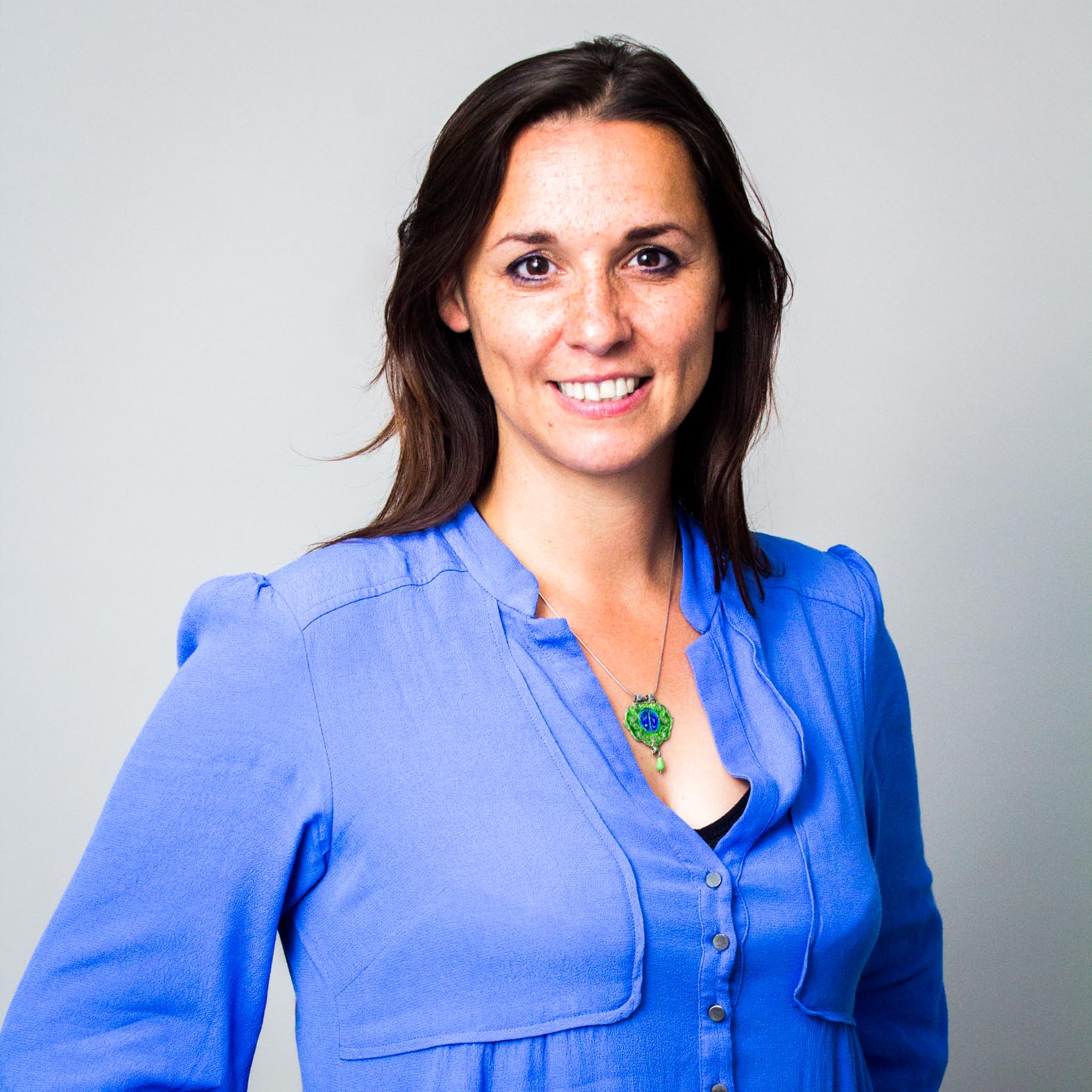
AI is a great opportunity for the PR industry in a number of ways but summed up with one word it would have to be ‘efficiency’, writes Lydia Hoye.
Continue reading or listen here:
Often too much admin time is allocated to client accounts when the focus should be on the PR strategy and the ‘doing’ to generate results. AI-powered tools can help PR teams to gain relevant insights, make the right data-driven decisions as well as having a better understanding of media trends.
The ability to use AI tools to create the basis of a release, social content, thought leadership themes and understanding what is happening within a vast social landscape means we can be better at our jobs and that is to put human relations into PR.
US PR expert and author Tim Donovan said, ‘The fusion of human creativity, strategic thinking, and AI-driven insights will be the cornerstone of successful PR agencies in the future,’ and I totally agree.
How AI can be used in PR
To understand how AI can be used for PR, we need to remind ourselves about the job of PR. PR is about managing reputations, creating stand-out and forge connections. PRs are storytellers, spreading word of mouth and recommendation – all of which are driven from human understanding and relevant emotional context.
Some ways AI can be used to enhance PR are 1) for content creation: From press releases to social content to blog copy, using AI to establish a starting point for content is helpful but it shouldn’t be the end point, 2) Analysing campaign effectiveness: From identifying influential journalists, tracking media mentions, to analysing social conversations, AI can help with providing real-time feedback, 3) Providing insights: From responding swiftly to changing narratives mid campaign, to looking at upfront audience and media insights to establish a strategy, 4) Influencer marketing: AI can help identify influencers based on their content, followers, and engagement.
Why AI enhances rather than replaces PR
PR teams are using AI for research, insights and coordinating media sourcing, so AI is already enhancing the role of the PR professional. According to research from PR management platform, Muck Rack, AI is one of the top five skills PR agencies need to focus on in the next five years.
One thing for PR Professionals to ensure is that of differentiation. For example, if one brand puts the same prompt into Chat GPT, a competitor putting in a similar prompt will gain the same response. Our job as PR’s is to find the point of difference for our brands, this is a compelling reason to ensure the human creative touch is added.
For any PR agency leaders looking at AI right now, my message is look sharp, train your team properly so AI enhances their role, and be ready to offer support and consultation to clients as well.
Do’s and don’ts when using AI as part of PR campaigns
My top tips for using AI are to use AI for research but don’t just believe it all. Check sources and make sure the information is current. Remember that AI is created by humans and there are biases from those humans who have created the tool, so watch out for this within copy and imagery to ensure proper representation. Remember AI is a technology with no heart and soul, so add human emotion and understanding. When considering AI, understand how it relates to your organisation, brand mission. Is it enhancing and adding to this or doing it a disservice? When it comes to your team using AI, make sure there is proper training in place and people can adapt to using it in a way that enhances their work. Make sure that from an ethical point of view things like data protection are covered.
Lydia Hoye is the founder of consumer communications agency Bound to Prosper. She’s been in PR for 18 years, consulting global consumer brands with strategic PR that have driven business results and memorable, awarded campaigns. She’s passionate about supporting progressive, human centric brands with incredible PR to help them lead their industries.
© 2024 Strategic. Registered in Ireland: 659272